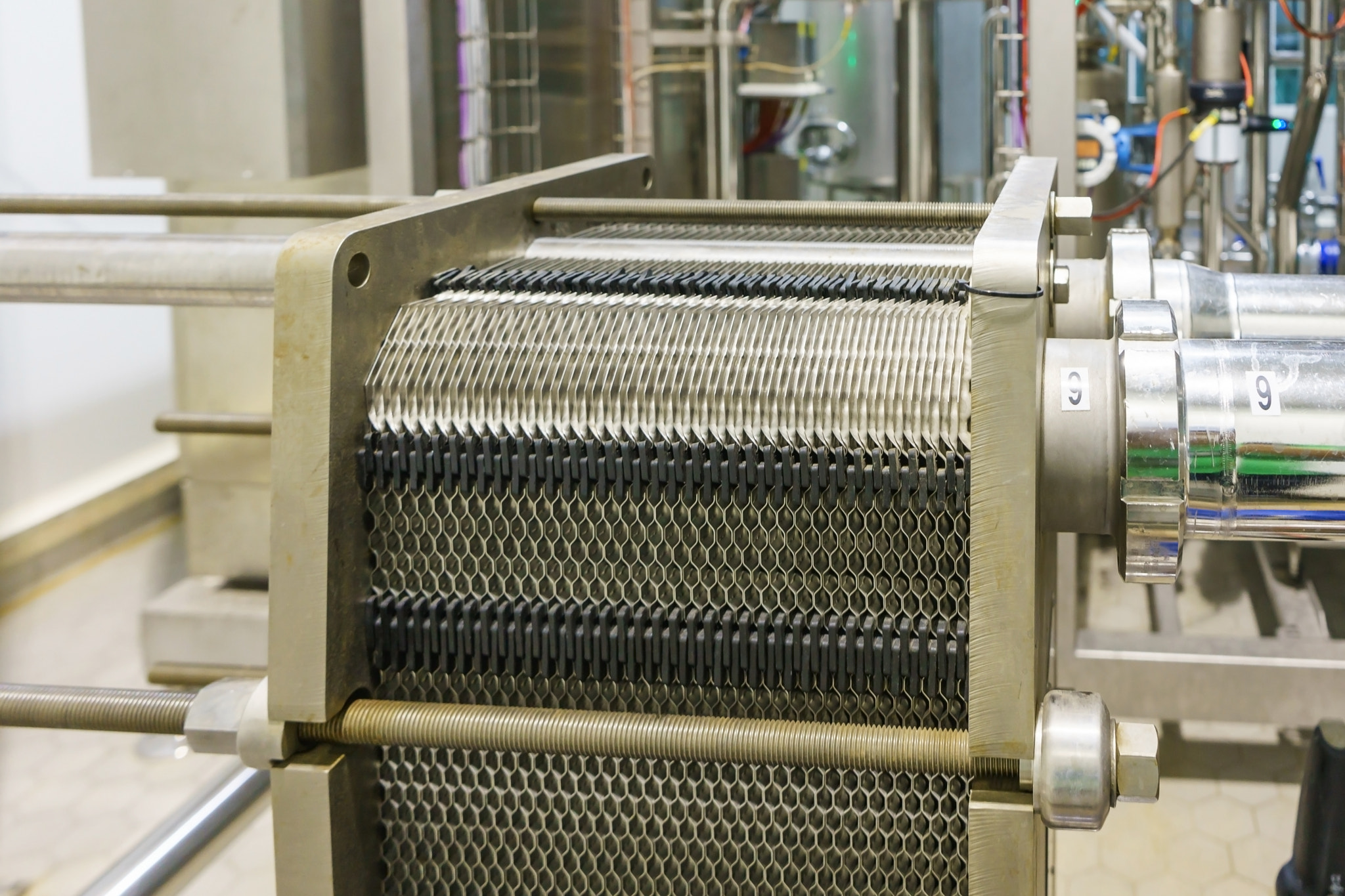Welding machines for HDPE pipes are essential tools in various industries for connecting high-density polyethylene (HDPE) pipes. These machines provide strong, leak-proof connections between pipes, which makes them an essential part in water systems, gas lines, and drainage systems.
Several types of HDPE pipe welding machines, each designed for different applications. Butt fusion welding machines are widely used, which weld pipes end-to-end with heat and pressure to form a seamless connection. This method is very effective, especially for larger pipe diameters. Electrofusion welders utilize embedded heating elements Divephotoguide explained in a blog post pipe fittings, activated electrically, melt to join the pipes. These machines are typically used for smaller diameters or for repair work. Socket fusion welding machines, on the other hand, use a socket-shaped heating tool to join pipes and fittings by heating their outer surfaces and joining them under pressure.
Features: HDPE pipe welding machines often include adjustable temperature controls, pressure gauges, and timers to maintain accuracy. Some machines also feature automatic alignment systems to make sure pipes are aligned correctly before welding. Portability is another important factor, especially for projects in remote areas. Compact and lightweight designs make transportation and operation easier.

In summary, HDPE pipe welding machines are vital for ensuring strong and durable pipe connections across different sectors. Their versatility and efficiency make them essential in contemporary pipeline construction.

